Cnidarians
KNOWN SPECIES
15,082
0.64% of our world's living things are cnidarians
CHARACTERISTICS
- animals without a backbone (invertebrates)
- have stinging cells in their tentacles, which they use for defense and to capture prey
SIZE RANGE
Less than 0.04 inch to over 164 feet (1 millimeter to over 50 meters)
WHERE THEY LIVE
- in oceans
- a few in fresh water
Here are just SOME of the world’s cnidarians:

symmetrical brain coral
SCIENTIFIC NAME:
Pseudodiploria strigosa
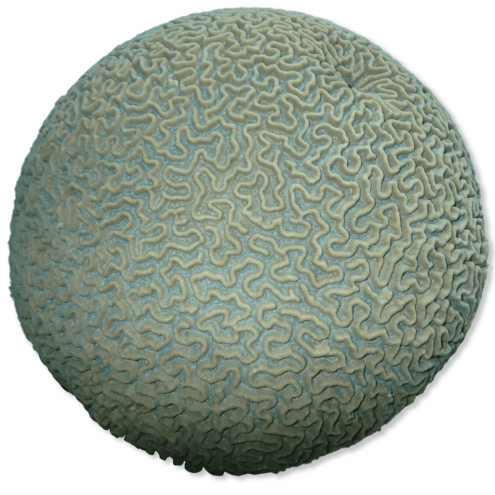
Portuguese man-of-war
SCIENTIFIC NAME:
Physalia physalis
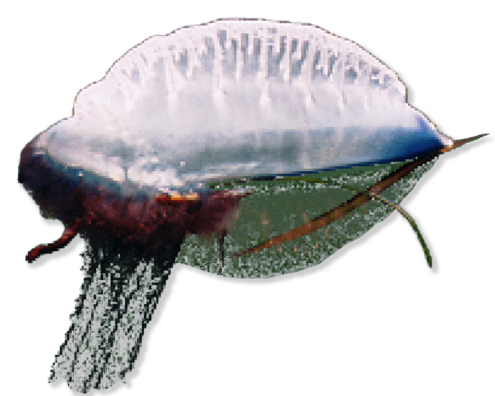
swimming anemone
SCIENTIFIC NAME:
Stomphia coccinea
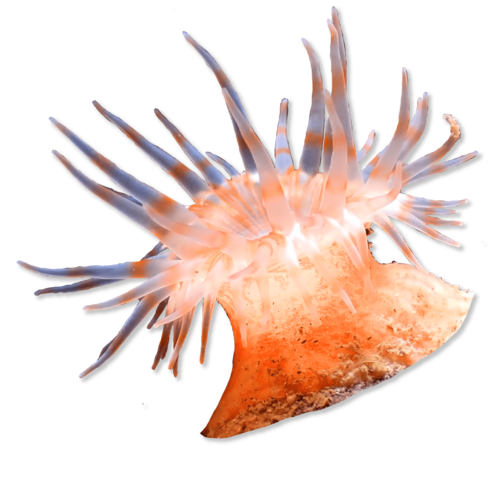
California tube coral
SCIENTIFIC NAME:
Dendrophyllia californica
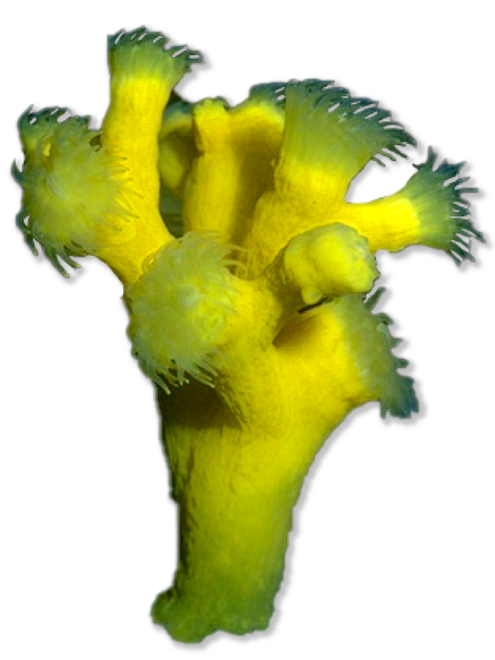
smooth flower coral
SCIENTIFIC NAME:
Eusmilia fastigiata
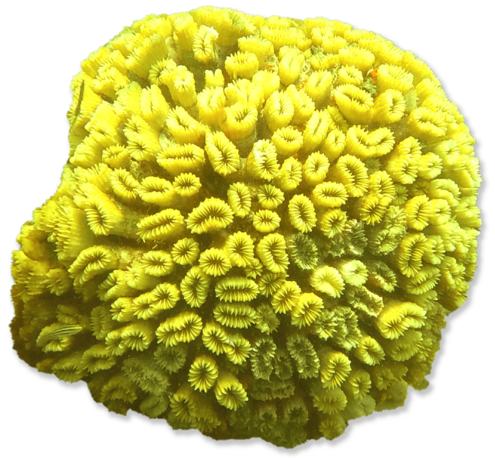
gorgonian coral
SCIENTIFIC NAME:
Gorgonia flabellum
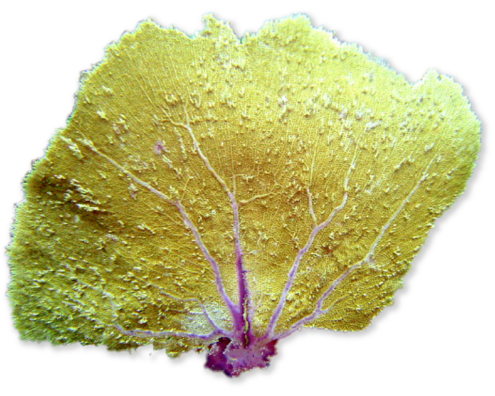
eggyolk jellyfish
SCIENTIFIC NAME:
Phacellophora camtschatica
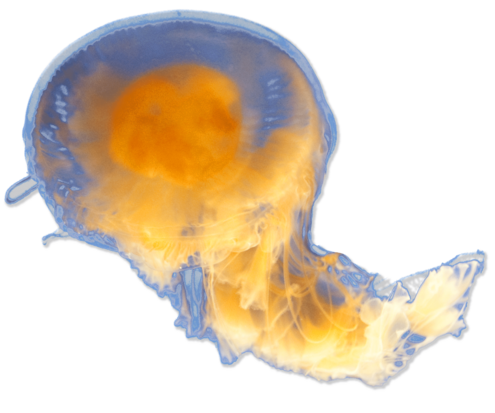
tube anemone
SCIENTIFIC NAME:
Pachycerianthus fimbriatus
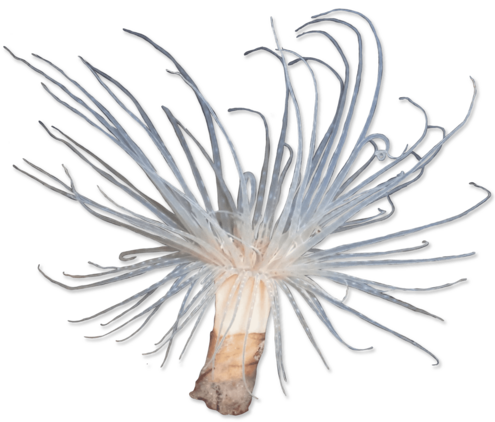
Guess what?
Coral reefs are among the largest structures made by living organisms.
Image Credits:
California tube coral, Gerald and Buff Corsi/© California Academy of Sciences; eggyolk jellyfish, © Tom Thai/CC BY-2.0; gorgonian coral, © Fernando Herranz Martín/GPL; Portuguese man-of-war, Courtesy of Dr. Thomas M. Scott, Florida Geological Survey; smooth flower coral, © Cristian M. Galván Villa/CC BY-NC; swimming anemone, © Sara Thiebaud/CC BY-NC; symmetrical brain coral, © Ali and Brice/CC BY-NC; tube anemone, © Kathleen R./CC BY-NC.




 Biodiversity
Biodiversity
 Brain
Brain
 Genetics
Genetics
 Marine BiOLogy
Marine BiOLogy
 MicrobiOLogy
MicrobiOLogy
 PaleontOLogy
PaleontOLogy
 ZoOLogy
ZoOLogy
 AnthropOLogy
AnthropOLogy
 ArchaeOLogy
ArchaeOLogy
 Astronomy
Astronomy
 Climate Change
Climate Change
 Earth
Earth
 Physics
Physics
 Water
Water
